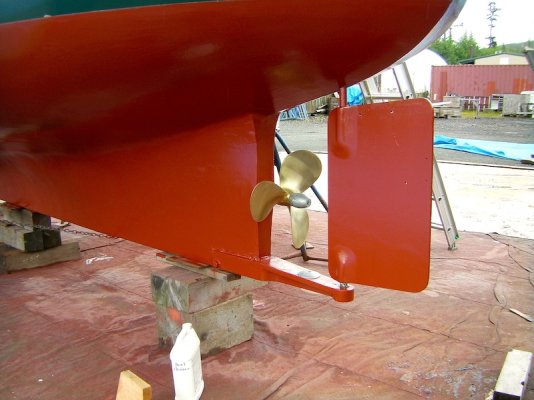Rick-Eric I understand what you are saying. And it is correct. Prop curve data is concrete. Engineers and scientists play with numbers and data and assume ideal circumstances. Their conclusions are a great place to begin. And that is as far as I'll go. They don't take into account the myriad of differences in the real world. Shaft angle, bottom growth, hull variations not just between mfgers but also in the same line, trim/weight distribution are just a few parameters that affect prop and power requirements. There is a ton of research done to come up with tables, charts, and curves. There are just too many possible variables to give the ideal specs for every combination possible, so they give a safe number to start with. I am a member on boatdiesel. I like their calculators, but understand they are pretty crude but they give a ballpark to begin at when doing a repower.
I also know there is a huge difference in commercial vs personal usage. I have worked in trucking, aircraft, and boating fields. Commercial equipment that has a hired operator is run much closer to 100% capacity as time is money. Those have to be tuned to run and survive at those levels. Personal equipment is usually treated much gentler and therefore can be tuned to that purpose.
owner-operators fall into a gray area.
Once again, this just my opinion and how I set up and treat "my" things. No its hardly ever the ideal way. But it is what I like.
I never said engine noise indicated loading. What. I said was the 2 stroke DDs sound like they are spinning at higher rpms and people who ran them may adjust to the new high rpm diesel's sound easier.
Eric I don't know what engine your boat has, my 34' has 200 Hp! I run it 7-8.5 kts. I don't remember the #s off the top of my head but I want to say the BD calculator said something like 60-80 Hp was all that is needed with my "general" hull type and prop and gears. My engines curve is WAY over that at the speed:RPMs I run. So there again my boat is set up to run at 14 ish. Kts. And the formula is out the window. It works but is far from ideal. I'm looking for a 353 or 453 to repower one day.



